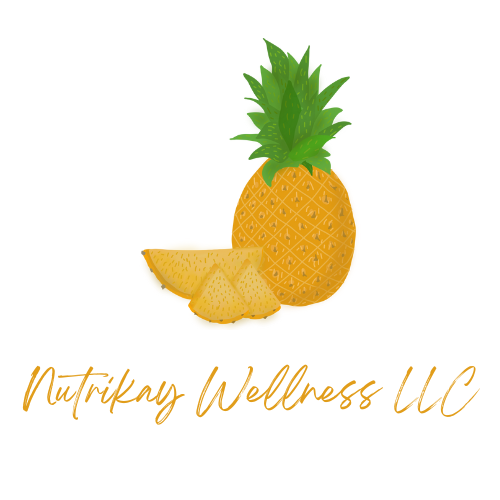5 Tips for Starting Your Baby on Solids
When you get the green light from your primary care provider to start your little one on solid foods it can feel so exciting but can also bring many questions and a bit of nervousness. What foods are best to start with? When do I introduce foods more susceptible to allergies? What is the best way to prepare the food? Should I feed my child or let them feed themselves?
With the emergence of baby-led-weaning, the skipping of purees and going straight into feeding baby hand held foods in which baby self feeds, many are trying to navigate what works best for their baby.
Before I dive into the tips for starting your baby on solids I would like to note that every baby is different and every family is different. We may find that social media, the latest trends and loved ones may pull you in various directions on the best methods for feeding your baby. In the end you and your baby are the only ones who know what is best for you. Stick to your gut, trial and error and brush off mistakes!
That being said, here are some gentle tips to guide you and your baby in the beautiful transition from breast milk/formula to solid foods:
Feed your baby what your family is eating: Whether you opt for a baby-led-weaning (BLW) style of transition or puree, providing your baby with the same food you are eating for dinner will allow for variety in flavors, textures, colors and will make life a whole lot easier for you! For example, maybe you are having salmon with rice and broccoli for dinner. For BLW, cut up some salmon to baby safe sizes, mush up some rice with water (for safer eating and easier digestion), and steam and cut up some broccoli. For puree, puree your salmon with some bone broth and separately puree the rice and broccoli!
Don’t be afraid of the mess: Giving your baby the opportunity to get their hands on the food, get messy and explore meal time is the best way for your baby to learn more about mealtime and their likes/dislikes. Waiting to clean the mess until the end also saves you a lot of stress during mealtime and gives your baby space to explore their food! (extra tip: use baby plates with suction cups on the bottom to avoid the tipping over of plates)
Introduce allergens in small amounts with at least 1 week in between: When it comes to introducing top allergen foods to baby, you want to make sure you do so in small amounts (ex: 1/2 tsp of peanut butter mixed with water). In between each allergen food introduction, leave about a week of room so you can properly observe if there is any reaction. Top allergens include: milk, eggs, fish, shellfish, peanuts, tree nuts, wheat and soybeans.
Make sure baby’s food is soft: In order to ensure for safe eating and easy digestion, it is good to only serve baby steamed veggies, soft fruits, cut or mushed up fruits, and when needed blend certain foods with water or broth for added nutrition.
The best foods to start with are: steamed peas, steamed carrots, bananas, avocado, lentils, beans, soft meat (salmon, beef, chicken, turkey), oatmeal, sweet potatoes, butternut squash, bone marrow whip, pears, apples, yogurt and soft cheese.
Starting baby on solids is a big and exciting milestone! Enjoying every moment and learning to adapt the process to you and your babies needs will set you up for great success and for raising a happy eater!
